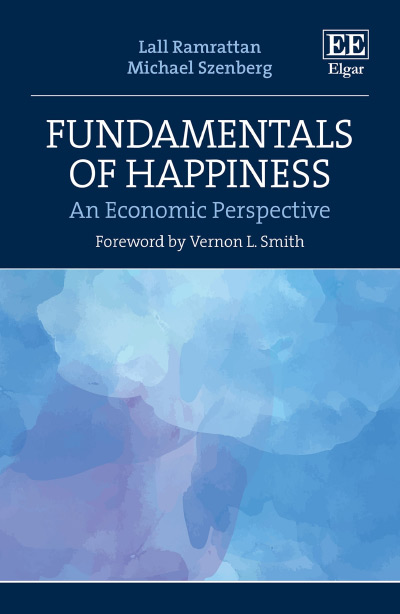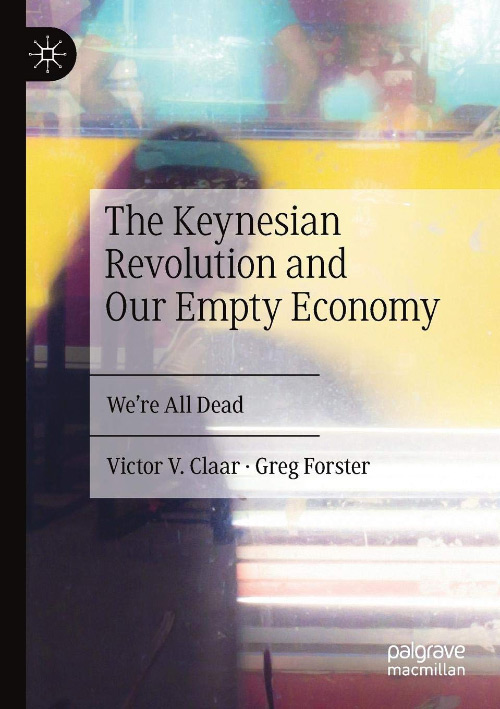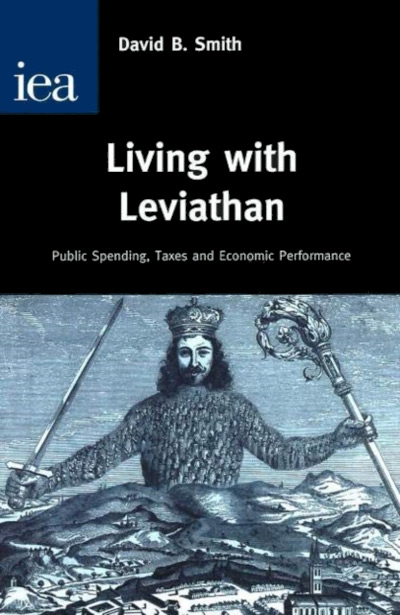Robert Shiller’s Narrative Economics starts straight out of the gate with an ambitious statement that includes a definition of the topic announced in the book’s title: “This book introduces an important new element to the usual list of economic factors driving the economy: contagious popular stories that spread through word of mouth, the news media, and social media” (p. 3). Obviously, a good teacher, Shiller earlier elaborates and drives home his point: “An economic narrative is a contagious story that has the potential to change how people make economic decisions, such as decisions to hire a worker or to wait for better times, to stick one’s neck out or to be cautious in business, to launch a business venture, or to invest in a volatile speculative asset” (p. 1). The well written book, which is filled with delightful anecdotes well related to the book’s theme, contains four major parts. The first introduces narrative economics. The second lays out foundational concepts. The third address perennial narratives that focus primarily on macroeconomic matters, and the fourth addresses the future of narrative economics.
Yes, Shiller is talking about stories that people tell, narratives, with repeating elements that help to form and alter social norms and that provide a basis for decision making. But he is quick to point out that he is not just talking about any stories that may be told around the campfire; though some may qualify. He is talking about stories that go viral in the media, in books, news articles and in the performing arts while engaging a population in much the same way that an infectious disease would spread. Indeed, throughout the book and in some detail in the book’s appendix, the author refers to the infectious disease analogy. Yet there is still even more to the narrative economics story. There can be multiple related narratives, which Shiller terms constellations. A combination of compatible and reinforcing narratives—sometime sequential—can amplify and extend similar messages or themes.
Shiller moves quickly in the book’s first chapter to describe a recent narrative that went viral. The subject is Bitcoin, a cryptocurrency that was launched in 2009 and based on an academic paper by Sotashi Nakomoto that was first distributed in 2008 (p. 4). No one knows the identity of the pseudonymous person (or persons) Nakomoto. Despite that, following a widely swinging path, the market value of Bitcoin rose from zero in 2009 to more than $200 billion in 2014 and in late 2019 was moving along at $133 billion.
Bitcoin is a currency that can be used anywhere there are people who can and will accept it. It is an unregulated medium of exchange that is based purely on free market forces. I should point out that Bitcoin is not a firm that someone owns, any more than someone owns open-source email software. It is owned by the users. So how does narrative economics explain the fact that a vast number of investors and economic agents worldwide would swarm to buy and produce Bitcoins? Shiller’s explanation includes anarchy—Bitcoin’s appeal to people who are attracted to institutions that replace government; worldwide excitement about new computer-based technologies; a libertarian desire to do things yourself; and a perception that the total number of Bitcoins that can be circulated is set absolutely, which is to say that unlike conventional currencies there is no inflation problem.
In developing his explanation, Shiller briefly covers a period in the nineteenth century when anarchy became viral; he then discusses the 2011 Occupy Wall Street movement and how the Occupy protest spread across many other countries, motivated all along by a desire for individual empowerment. Added to this narrative constellation was a desire by people worldwide to be a part of a high tech, computer based phenomenon that they could easily join.
In an effort to widen the market for narrative economics, Shiller makes a plea for cutting the boundary barbed wire that separates academic disciplines. He makes a strong appeal for consilience, “the unity of knowledge among the academic disciplines” (p. 12) and devotes a chapter to the topic. In doing so, he joins others such as biologist E.O. Wilson (Genesis, New York: Liveright Publishing, 2019) who invented the field of socio-biology, Paul Rubin (Darwinian Politics, New Brunswick, NJ: Rutgers University Press, 2002) who drew on evolutionary biology, anthropology and other social sciences in an effort to explain the origin of freedom, and F.A. Hayek (The Fatal Conceit, Chicago: University of Chicago Press, 1989) who was never constrained by disciplinary boundaries.
But unlike scholars who may agree that there is much to be gained by moving closer to or even across disciplinary fence lines to discover adjacent opportunities, Shiller shows how it is done. His book is loaded with references to and full discussions of topics, events, and findings presented by historians, psychologists, and noted authors. Still, while consilience is a much appreciated idea that many would aspire to implement, we have to face the fact that not many scholars have the breadth of knowledge and research skills to bring it off successfully. As one of my graduate school professors said to a fellow graduate student who, in a critical moment, argued that we should take a multi-disciplinary approach to the study of public finance: “Yes, I agree with the notion, but to be successful as a multi-disciplinary scholar, you must first gain expertise in at least one discipline.”
Perhaps this explains why Shiller’s narrative economics treatment of a number of U.S. macroeconomic events is so appealing. After all, as an economist, he holds trumps in the topics discussed. His treatment includes financial panics, the Great Depression, the gold standard and bimetallism, the concern that labor-saving machines will replace many jobs, stock market bubbles, and other large economic concerns. For me, born in 1933, Shiller’s Great Depression discussion proved most interesting. At the outset, he makes the obvious, but perhaps overlooked, point that no one knew the Great Depression was occurring until long after it was over. Put another way, people knew that a lot of people were out of work, that factories were closing, that there were bank failures, and that the federal government was accelerating a host of new programs, but all this was not at the time called the Great Depression. Of course, there were no national unemployment data and no quarterly GDP growth estimates.
The narrative economics treatment of these hard times focuses on news stories about hardship, books about how to get ahead, even in hard times, and on plays and movies that deemphasized high level living and conspicuous consumption and songs that went viral. Shiller points out the sudden and dramatic decline in the purchase of automobiles and a popular shift toward thrift and away from spending, that was to continue long after the Great Depression had ended. To add dimensions to his narrative economics notion, Shiller uses data from Google Ngrams and ProQuest News and Newspapers throughout the book. (Google Ngrams show the frequency of the occurrence of words and short phrases in Google’s library of more than eight million downloaded books, with coverage across 1800 to 2008. ProQuest can provide frequency of words and phrases that occur in newspaper and the news media from as early as 1900 to the present time.)
The Ngram graph of the frequency of occurrence of the words “Great Depression” from 1900 to 2008 provided by the author shows the term barely rising from 1900 through 1960. The pace then quickens and reaches a peak around 2000 and remains stable. The ProQuest frequency for “Great Depression” follows a similar pattern until around 2008, which marks the start of the Great Recession, and then skyrockets to form a mountain top around 2010. The data show how a term goes viral and persists, which in turn is associated with a change in behavior across a large population of people. Shiller makes the point that once a story goes viral and becomes embedded in a country’s cultural history then future events that have some resemblance to those that motivated the earlier viral story can generate yet another narrative surge.
I found Shiller’s book to be an extraordinarily productive read. Indeed, I am now attempting to use narrative economics in my study of capitalism’s stormy history, hoping that I can find a way to shed some light on tribal-like criticisms of our economic system that become embodied in stories generated by economic events. I recommend the book wholeheartedly.
| Other Independent Review articles by Bruce Yandle | ||
| Fall 2022 | Gaining Ground: Markets Helping Government | |
| Summer 2020 | The Next Fifty Years: Optimistic or Pessimistic? | |
| Winter 2019/20 | The Green New Deal: Why Fossil Fuel Civilization Will Collapse by 2028 and the Bold Economic Plan to Save Life on Earth | |
| [View All (14)] | ||



















